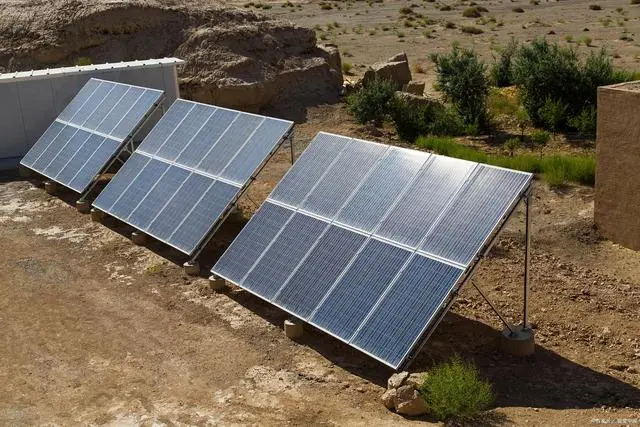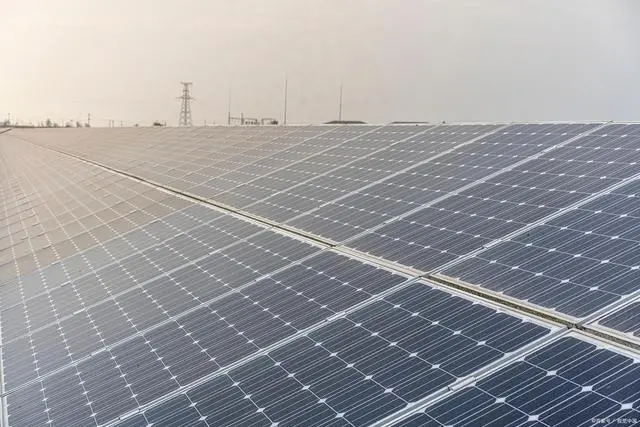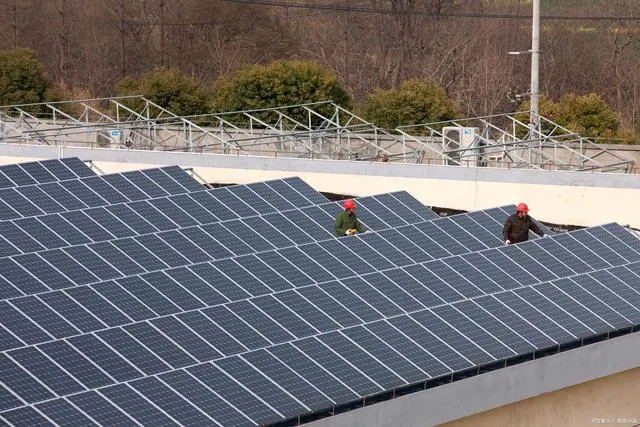
- English
- Español
- Português
- русский
- Français
- 日本語
- Deutsch
- tiếng Việt
- Italiano
- Nederlands
- ภาษาไทย
- Polski
- 한국어
- Svenska
- magyar
- Malay
- বাংলা ভাষার
- Dansk
- Suomi
- हिन्दी
- Pilipino
- Türkçe
- Gaeilge
- العربية
- Indonesia
- Norsk
- تمل
- český
- ελληνικά
- український
- Javanese
- فارسی
- தமிழ்
- తెలుగు
- नेपाली
- Burmese
- български
- ລາວ
- Latine
- Қазақша
- Euskal
- Azərbaycan
- Slovenský jazyk
- Македонски
- Lietuvos
- Eesti Keel
- Română
- Slovenski
- मराठी
- Srpski језик
Can solar panels of different voltages be connected in series or parallel?
2024-03-28
Connecting two solar panels together is a simple and effective way to increase solar power generation capacity. There are three methods to connect solar panels together, but the method used depends on the purpose.
Solar photovoltaic panels can be connected in series to increase voltage (V) output, or connected in parallel to increase output current (A) value. Solar panels can also be connected together in series and parallel combinations to increase output voltage and current, generating higher power arrays.

Whether you are connecting two or more solar panels, as long as you understand the basic principles of how to increase power (generation) by connecting multiple solar panels together, and how each of these methods works, you can easily decide how to connect multiple solar panels together. After all, correctly connecting solar panels together can greatly improve the efficiency of your solar system.
Firstly, if multiple solar panels with the same voltage, current, and power are connected in series or parallel, there is no problem. But what are the consequences of operating with different voltages or currents.
Series connection of solar panels with different voltages
For example, the first solar panel is 5V/3A, the second panel is 7V/3A, and the third panel is 9V/3A. When they are connected in series, the array generates a voltage of 21V or a power of 63W at 3A. Similarly, the output current will remain at the same 3A as before, but the voltage output will jump to 21V (5+7+9).

Series connection of solar panels with different current and voltage
For example, the first solar panel is 3V/1A, the second panel is 7V/3A, and the third panel is 9V/5A. When they are connected in series, the voltage of each solar panel will be added together as before, but this time the current will be limited to the value of the lowest panel in series, which is 1A in this case. Then, the array will generate 19V (3+7+9) at 1A, or only 19W out of the possible 69W, reducing the efficiency of the array. Connecting solar panels with different rated currents in series can only be temporarily used, as the solar panel with the lowest rated current determines the current output of the entire array.

Parallel connection of solar panels with different current and voltage
For example, the first solar panel is 3V/1A, the second is 7V/3A, and the third is 9V/5A. Here, the combined current in parallel is the same as before, but the voltage is adjusted to the lowest value, which is 3V in this case. Solar panels must have the same output voltage in order to function in parallel. If the voltage of a battery board is high, it will provide load current, causing its output voltage to drop to the voltage of the low voltage battery board.



